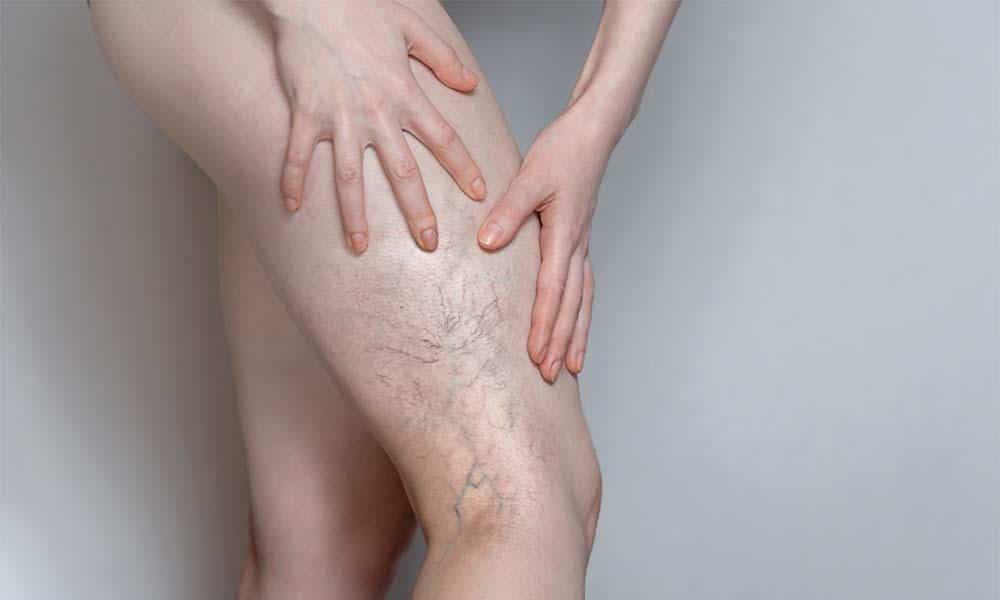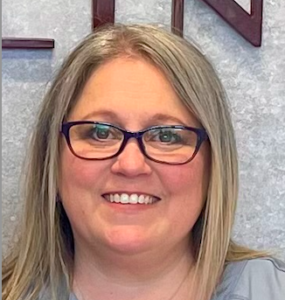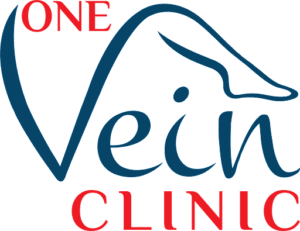While small and less noticeable than varicose, spider veins are more than a cosmetic nuisance. These web-like veins that commonly appear on the legs signify circulatory problems.
Spider veins are smaller versions of varicose veins. They’re twisted, thin, veins that are similar in appearance to a spider web, hence the name. Women are more prone than men to develop varicose and spider veins. Spider veins are not life-threatening, but they do provide a clue about your circulatory health. Pregnancy and being overweight can all raise your chances of developing spider veins. Vein expert Dr. Fawzi Farha and the One Vein Clinic team can help patients eliminate spider veins and improve vascular health. Read on to learn what spider veins mean for your vascular health.
What Causes Spider Veins?
The heart circulates oxygen and nutrient-rich blood throughout your body via your arteries. Veins transport blood from various places in your body back to your heart. Problems with the valves in your veins can prevent blood from flowing properly, resulting in varicose or spider veins. Your veins normally have valves that operate as one-way flaps. However, if the valves fail to close properly, blood can seep back into the bottom of the vein instead of the heart. More blood gets caught in the vein over time, causing pressure to build up and damage the vein walls. This causes the vein to expand.
Why Did I Develop Spider Veins?
Several things increase the chances of developing spider veins because various things can damage your valves. Carrying excess weight places added strain on your veins, which must fight against gravity to circulate blood Pregnancy increases blood volume, and the expanding uterus can strain your veins. Women have a higher risk of developing spider veins with each subsequent pregnancy. Some people have a genetic predisposition for developing them. If you have a family history, you’re more likely to develop them too. Hormones are linked to weakening vein valves. Using estrogen- and progesterone-containing birth control or receiving menopausal hormone therapy may increase your risk of varicose or spider veins.
Spider Veins and Vascular Health
Having spider veins increases the risk of developing varicose veins, which come with their own risk. For example, varicose veins increase the risk of blood clots and may cause symptoms like leg cramping and itching. Bottom line, spider veins provide a clue that your veins aren’t as efficient as they should be.
Treating Varicose and Spider Veins
Addressing spider veins improves cosmetic appearance. The body will reroute blood to healthy veins, which boosts vascular health. Once spider veins develop, there are lifestyle changes that can prevent them from getting worse and lower the chances of new ones forming. Maintaining a healthy weight, exercising to improve circulation, and wearing compression stockings can help. Our team may recommend sclerotherapy depending on the size, number, and location of your spider veins. This involves injecting a medical solution that causes the diseased vein to scar, causing the body to reroute blood to healthier veins.




